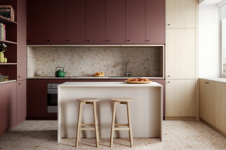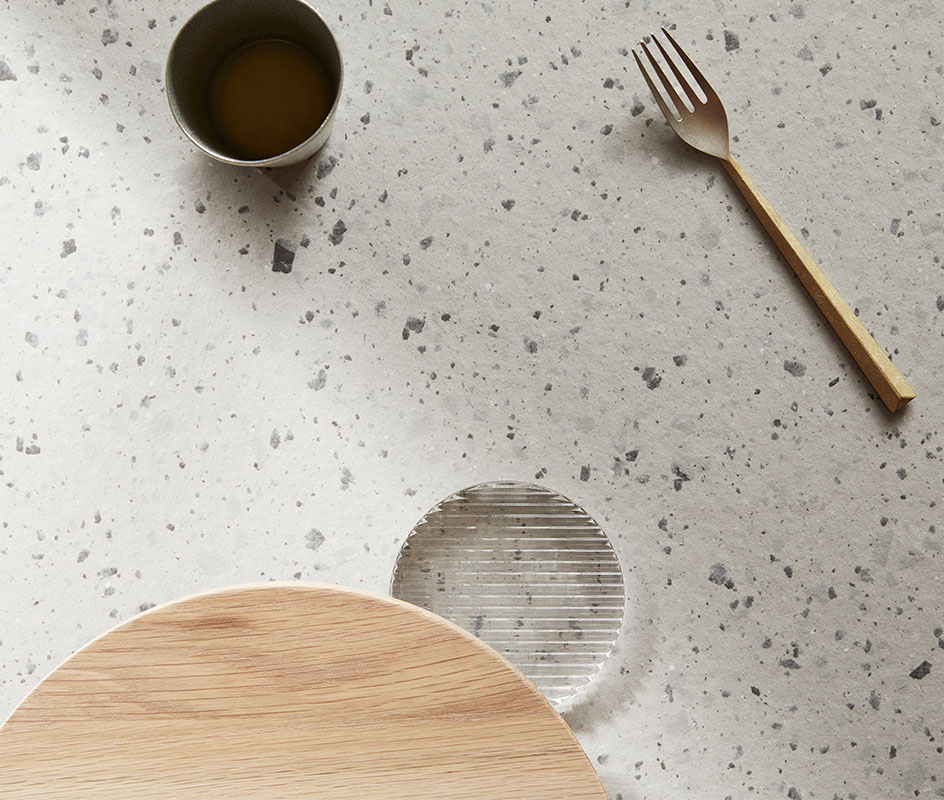The work done by Laminex to reduce the environmental impact of its products challenges common assumptions about what "sustainable" looks like.
Architects and designers are well aware of the contribution Australia's buildings make to the nation's greenhouse gas emissions, not to mention their other environmental impacts. And in amongst day-to-day design practice, it can be easy to make assumptions about different materials' sustainability credentials, particularly those with a raw, unfinished "sustainable look". But material choice doesn't have to be an either/or question when it comes to aesthetics and sustainability.
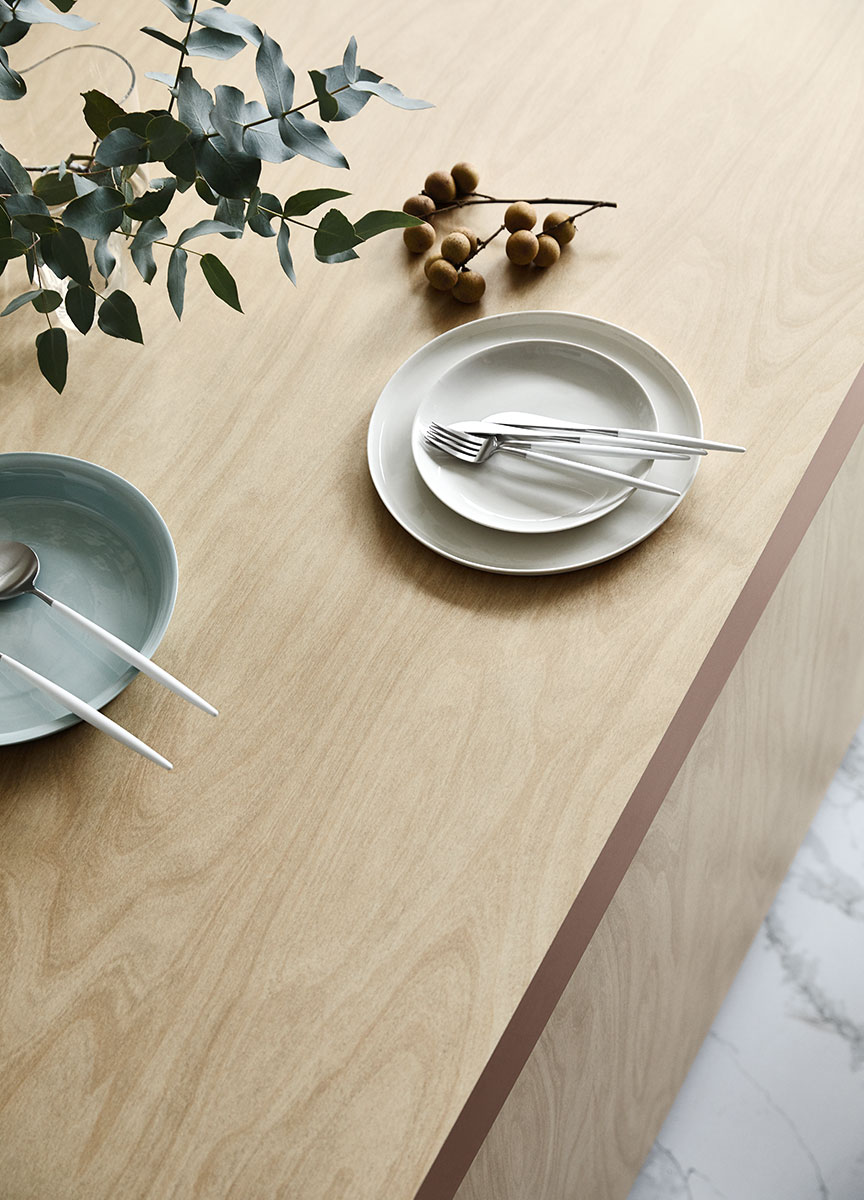

Laminex has a well-known pedigree for beautiful high-quality laminates. Less well-known is the that the company has actively been working for many years to reduce its carbon footprint, minimise waste and incorporate ethically-sourced materials into its laminates. For Neil Sookee, Laminex Product Design Manager, the motivation is simple: "We want to be a responsible member of the society that we operate in, and that means making the best efforts to remove environmentally unsound practices from the business."
Sustainability sometimes requires radical change
Since the early 2000s Laminex has worked to significantly reduce the levels of solvents in the water-based resins used to produce its high-pressure laminates - to the extent that these resins are now classed as non-flammable. Water-based resins and water-based cleaning systems are now used across all manufacturing methods at Laminex, in line with the international standard for environmental management systems. This reduces hazards around production and installation.
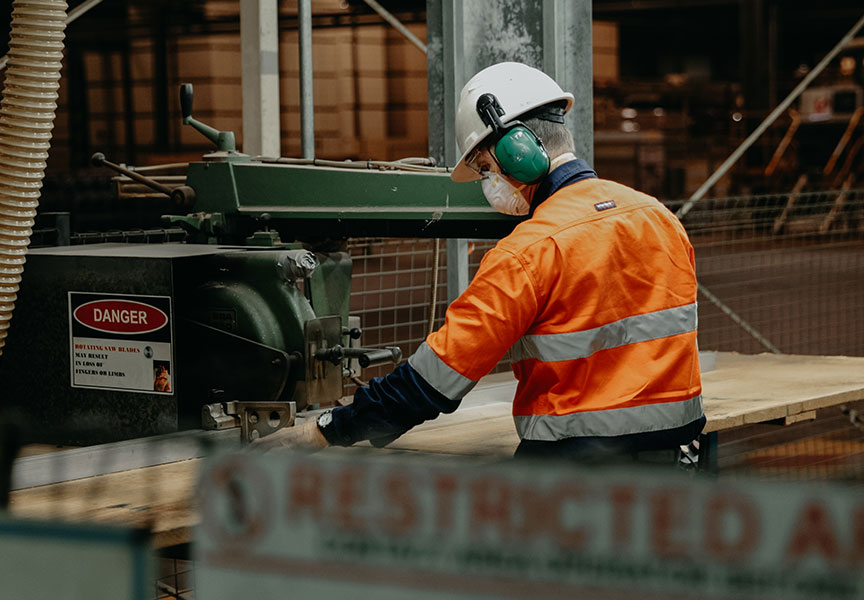

The importance of durability and longevity.
While some might be wedded to the idea of only using natural materials, high-quality laminates offer a durability that should challenge our thinking on what is a truly sustainable material. “With a modicum of care, our products last a lifetime,” says Sookee, whose own laminate kitchen, now 18 years old, has only recently begun to show signs of wear, “because we’ve had some rogue guests,” he laughs. And while a laminate surface is not generally as hard as stone or stainless steel, the care guidelines for Laminex laminates are similar to those of most other materials: “Don’t cut directly on the surface, don’t put hot pots directly from the cooktop onto the surface, clean with warm soapy water – whether it’s engineered stone, natural stone or laminate, everybody says the same thing,” says Sookee.
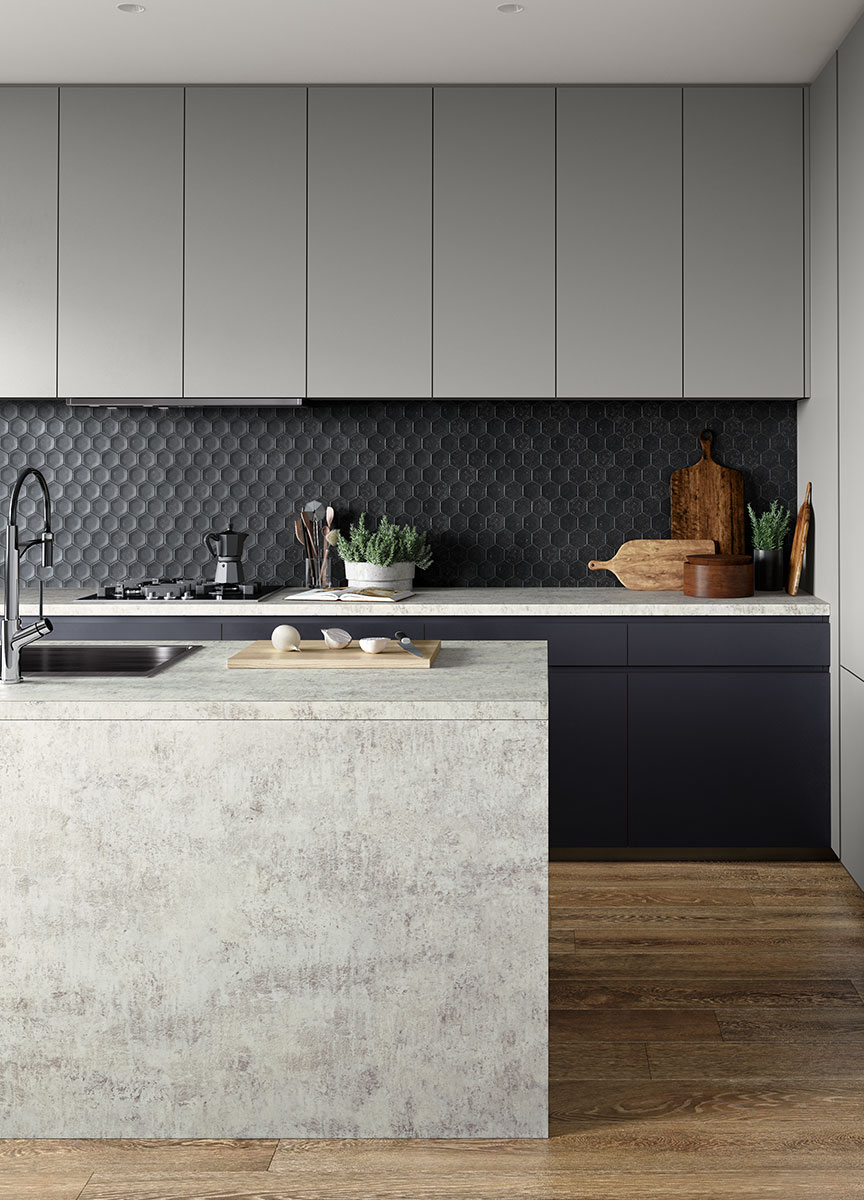

Endorsed with globally recognised environmental credentials.
The sustainability characteristics of Laminex laminates are formalised in a long list of industry qualifications. The company is a member of the Green Building Council of Australia, and the first business in its category to achieve Global GreenTag certification, which ensures its products and processes are assessed against internationally trusted benchmarks. Laminex’s standard MDF offer, excluding Fireguard products, is rated E0 for minimal formaldehyde emissions and sourced from PEFC-certified forests, while its decorative papers, including the kraft papers used in high-pressure laminates.
To learn more about Laminex's commitment to sustainability, and to download documentation, certificates and reports, click here.


